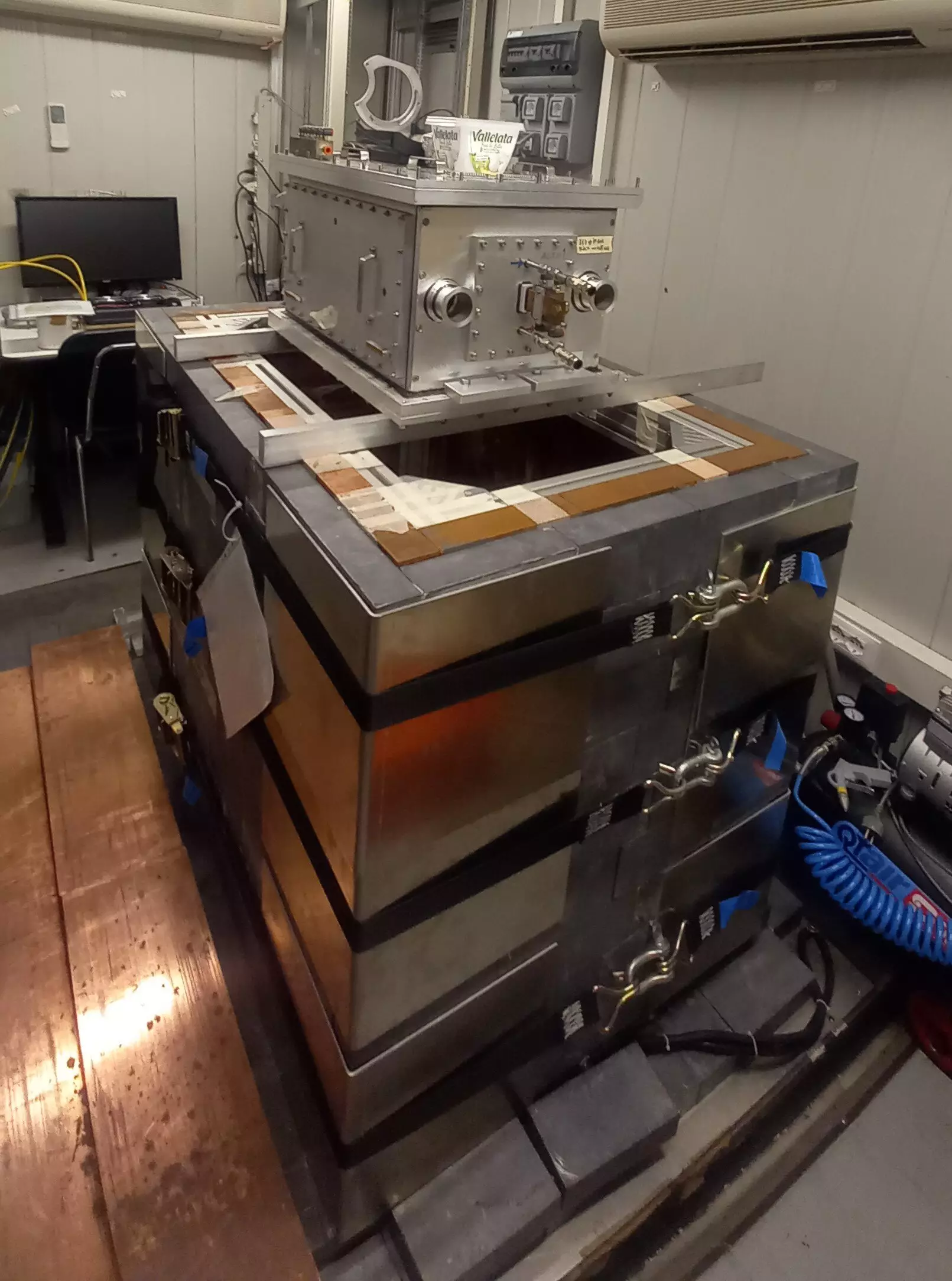Quantum mechanics is often perceived as a realm governed by peculiar paradoxes and mind-bending principles. One of the most famous illustrations of this oddity is the thought experiment known as Schrödinger’s Cat, which presents a scenario where a cat can be simultaneously alive and dead until an observer makes a measurement. Despite this intriguing proposition, macroscopic entities like cats and everyday objects do not display such bizarre behaviors. The gap between quantum mechanics and classical physics raises profound questions about the fundamental nature of reality and has inspired a concerted effort within the scientific community to explore alternative models of quantum theory. A recent collaborative study, published in Physical Review Letters in June 2024, seeks to shed light on these complexities and proposes new experimental frameworks to investigate the discrepancies between classical experiences and quantum predictions.
Understanding Superposition and Observation
Standard quantum mechanics posits that particles can exist in multiple states simultaneously, referred to as superposition. In this framework, a particle can be found in different positions or configurations until a measurement is made, at which point it appears to “collapse” into a singular state. For instance, a radioactive atom may be considered both decayed and undecayed at the same time. Inventive experiments have even demonstrated superpositions in relatively large objects, such as 16-microgram sapphire crystals. Yet, when it comes to everyday objects, these quantum characteristics fade into the background, leaving physicists pondering the enigmatic transformation of quantum systems into classical behaviors upon observation—an issue famously known as the “measurement problem.”
This measurement problem has led to numerous proposed explanations of why quantum phenomena behave differently at macroscopic scales. One prominent set of alternative theories includes “quantum collapse models,” which offer mechanisms for the wavefunction’s collapse as systems grow larger. These models suggest that the collapse of quantum states may be tied to intrinsic physical processes that could accelerate with the size of the system, hence potentially explaining why superpositions are not observed in everyday experiences.
Quantum collapse models suggest that both intrinsic random processes and gravity could trigger the wavefunction collapse. The Continuous Spontaneous Localization (CSL) models exemplify one type of collapse framework, creating a scenario where transitions happen spontaneously without apparent external influence. Conversely, the Diós-i-Penrose models relate the collapse process directly to gravitational forces, positing that the influence of gravity plays a critical role in the behavior of quantum systems.
The international team led by physicists, including Catalina Curceanu and colleagues from various reputable institutions, has been probing these theories through experiments aimed at locating evidence of spontaneous radiation—a predicted outcome of these collapse models. Despite their efforts to identify spontaneous gamma radiation associated with the proposed phenomena, concrete evidence remains elusive. Nevertheless, the quest has enabled physicists to refine their understanding of quantum collapse models, ruling out certain variations and constraining parameters for those still under consideration.
Innovative Experimental Approaches
In their recent research, Curceanu and her team took a significant step by calculating the expected characteristics of spontaneous electromagnetic radiation emitted by atomic systems at low energy levels. They discovered notable discrepancies when compared with prior theoretical predictions, particularly emphasizing how the emission of this radiation is sensitive to both the atomic species studied and the specific collapse model applied. Among the new findings, it became apparent that the rates of spontaneous radiation could exhibit a diverse range of behaviors based on atomic structure, an unexpected twist that challenges existing understandings.
To further address these promising findings, the researchers are now updating their experimental work conducted at the LNGS-INFN underground laboratory in Italy. Their efforts aim to delve deeper into the predicted relationship between spontaneous radiation and atomic structures, embarking on dedicated experiments with multiple target atoms. The implications of their work extend beyond pure theoretical exploration; identifying signals characteristic of spontaneous emissions could validate or refute current collapse models, thereby influencing our broader comprehension of quantum mechanics.
The inquiry into the measurement problem and potential collapse models touches upon fundamental questions of existence and reality itself. Should empirical evidence confirm the predictions of these collapse models, it could revolutionize not only our understanding of quantum mechanics but also our philosophical interpretation of reality. By bridging the gap between quantum effects and classical experiences, this research unravels the complexities of the universe, challenging our intuitions and reshaping our perception of what is real.
As physicists push forward in their exploration of quantum mechanics, every experiment, observation, and theoretical advancement brings us closer to resolving one of the greatest enigmas in science. The profound implications of these discoveries cast a light on the nature of reality itself, urging us to expand our understanding of the universe and its intricate workings.


Leave a Reply